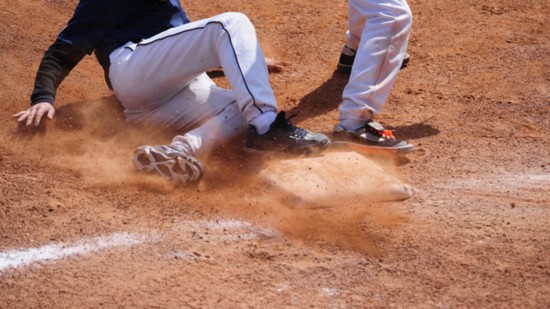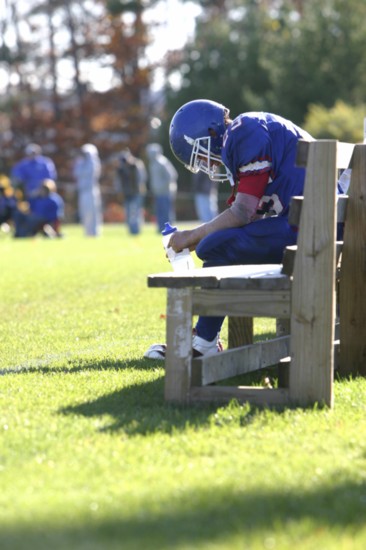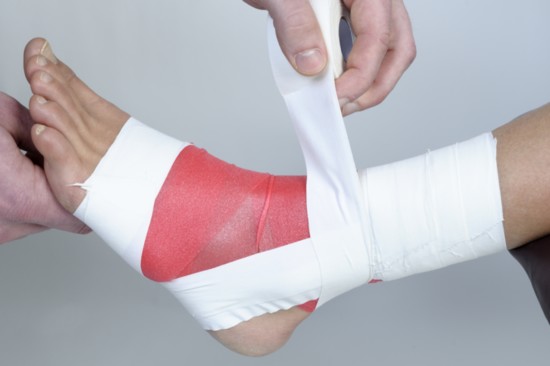As adolescent athletes become competitive from earlier ages, along with the opportunity to excel in a given sport also comes the potential for injury. But with the proper treatment and rehabilitation, players won’t be sidelined for good.
Acute ankle sprains and fractures, chronic overuse injuries and newly symptomatic flat feet are some of the more common foot and ankle problems that adolescent athletes face — and ones that can be appropriately treated close to home, says Alan Zonno, MD, orthopedic surgeon with Rockhill Orthopedic Group based at St. Luke’s East Hospital.
Zonno, who is fellowship-trained in orthopedic trauma as well as reconstructive foot and ankle surgery, is one of the 14 physicians who comprise Rockhill Orthopedic’s team focused on helping patients of all ages with musculoskeletal conditions get back to doing what they love.
“I see primarily foot and ankle problems, but thankfully I have partners at Rockhill who specialize in just about every other bone above the ankle,” Zonno says.
For adolescent athletes, Zonno first requests X-rays to not only check for fractures or potential ligament injuries, but also to assess overall foot alignment and to look for open growth plates — which can both factor into patients’ ultimate treatment plan.
Most foot and ankle injuries not requiring surgery are treated with an initial “RICE” protocol consisting of “Rest, Ice, Compression and Elevation” that includes short-term immobilization and early physical therapy.
However, since growth plate injuries of the foot and ankle are more common in adolescents than simple sprains, young patients often require cast or boot immobilization for four to six weeks as opposed to simple brace application. In general, braces tend to be less bulky and allow for more motion than casts or walking boots, but do not provide equivalent protection.
Zonno says he always takes into consideration what sport the athlete is currently playing and what they have coming up on the horizon in terms of competitions and practice schedules. With any luck, short-term immobilization followed by physical therapy will get young athletes back on the field within three to six weeks depending on the severity of their injury, he says.
As a rule of thumb, Zonno tells athletes to take however long they are immobilized and double that for the amount of time that it will take them to get their strength back to 100 percent.
“You can’t go back until you have no pain or there is an increased risk of re-injury, and you may be out longer,” Zonno says. “Our goal is to use some combination of physical therapy and bracing or inserts to not only speed up recovery time but to prevent re-injury.”
Correctly prescribed and guided physical therapy not only decreases swelling, improves motion, and increases strength, but also improves patients’ balance and teaches stretching exercises to minimize re-injury risk.
Finally, when preparing to return to full activity in any sport, it is important to not overdo it or attempt to do too much too soon.
Athletes should utilize cross-training techniques — such as running one day and then biking, swimming or using an elliptical machine the next day. Equally important as cross training is to incorporate peaks and valleys into conditioning programs. Depending on where a patient is in the recovery process, at least one day of rest every week is important to help the body heal and recharge, Zonno says.
For more information about the orthopedic expertise offered by Rockhill Orthopedic Group, visit RockhillOrtho.com or call 816-246-4302.


